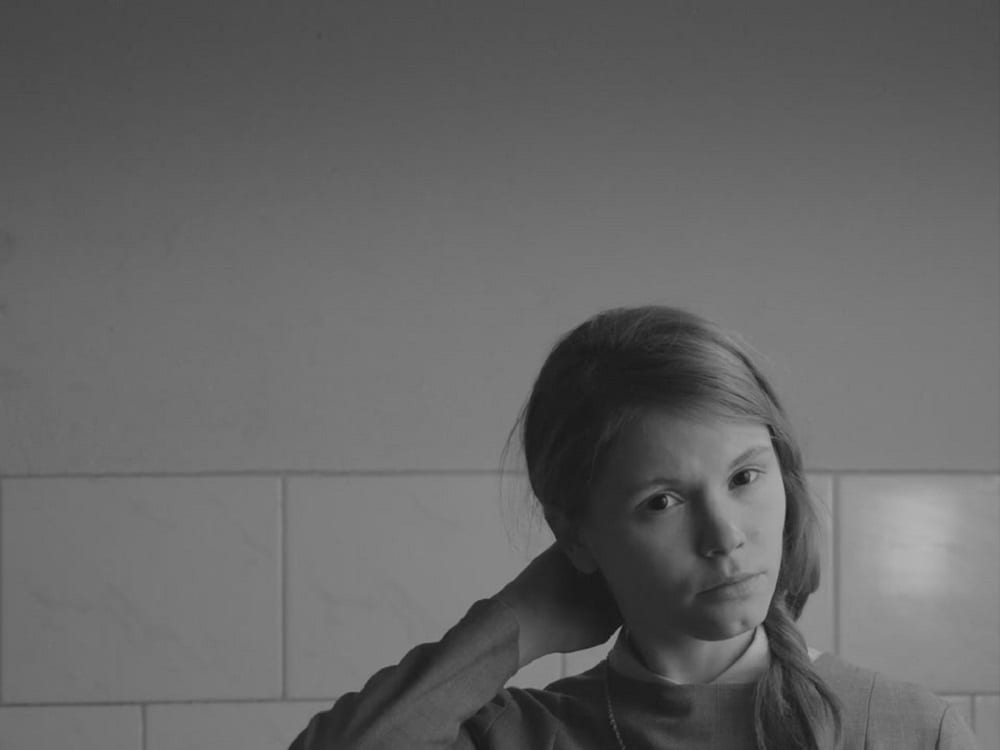The past three and a half years of the Trump presidency have introduced many privileged Americans to a new sensation: distrust. Donald Trump has told the most recorded lies of any sitting president—but, of course, that’s only if you believe the fact-checkers. Fake news and false information are nothing new under this administration, but the undercutting of media takes on a whole new meaning in light of COVID-19. Trump’s common use of misinformation and the way news sites cover it has been dangerous from the start, but when it comes to this new disease it’s turned deadly.
Take Colorado. On Sunday, April 19th, photos captured by Alyson McClaran and video recorded by the Twitter user @MarcZenn surfaced of a peculiar standoff: a nurse with sunglasses, an N95 mask, and the usual green scrubs stands with his arms folded in a crosswalk while a middle-aged blond woman hangs out the window of her RAM truck, a protest sign slapped across her windshield and a “USA” jersey on. She, part of an anti-lockdown gridlock, can be heard yelling “You get to go to work. Why can’t I?”and “If you want communism, go to China!” at the man, who does not answer.
This interaction is one of many taking place across multiple states, as self-professed conservatives demand that businesses reopen to protect the economy in the face of a global pandemic. Most Colorado protestors were in cars, but in other states demonstrators gathered in large crowds without proper distancing or protection. But their safety, or the safety of those they might come into contact with, is not the main concern. They brought everything from signs to automatic machine guns to their demonstrations, demanding that Governors repeal their stay-at-home orders. These manifestations are only the newest display of a deeply divided America. The protests and counter-protests show that division, but so too does news coverage and government response.
At the time of “Operation Gridlock”, Colorado had nearly 10,000 confirmed cases of COVID-19 and 420 deaths from the disease. This fact was reported in all articles written about the demonstration, but similarities stopped there. The Fox News article “Coronavirus standoff: Photos purportedly show Colorado health care workers at odds with anti-lockdown protesters” by Greg Norman focuses on the fact that more people have filed for unemployment than died, and that the photographed nurses refused to state their names or where they worked (hardly incomprehensible, when doctors have been fired for speaking about a lack of PPE). Fox News stated that thousands of protestors drove out, and omitted any quotes from the photographed woman. The CNN article “Health workers face anti-lockdown protesters in dramatic photos” by David Williams quoted the demonstrator right off the bat and stated that “hundreds” of people participated, not thousands, before putting out a few statistics about the protests across the country, and the percentage of stay-at-home orders. The two news sites diverge in their political leanings, and the identity of their readerships could not be clearer. Conservatives see an overblown response suppressing their financial capacity. Liberals see a dangerous, uninformed pushback against logical sanctions.
Colorado Governor Jared Polis has responded by announcing the guidelines that will be instituted after April 26th, when the stay at home order expires. Some businesses will begin to reopen as a transition through May 4th, where these “safer at home” guidelines will be re-evaluated and widened. The President’s response is slightly different. He tweeted three separate tweets to “LIBERATE” Michigan, Minnesota and Virginia. Other states have been left unnamed, but many reporters noted that the three that Trump named have Democratic Governors. Federal response to the protests has been mixed. As the BBC reports:
“President Donald Trump and his White House have expressed seemingly opposing views on the protests. Last week, Mr Trump and his Covid-19 taskforce unveiled new guidance to begin re-opening state economies [which has not been yet used by states]…But a day after the administration’s plan was announced, the president tweeted the slogans of the “Liberate” protests in several Democratic-run states.”
This duality of information and statements has become the status quo, but proves to be more confusing than ever. COVID-19 is the new frontier for smear campaigns against “fake news” and criticism of mainstream media. For instance, when looking for footage of Denver’s Operation Gridlock on Youtube you would come across an ad for Epoch Times, which claimed to have uncovered government corruption ignored by “institutional media” that “makes Watergate look like nothing in comparison.” When the President’s strategy is to undercut news and redefine criticism as falsity, his supporters are quick to doubt reports of mismanagement and vulnerability.
But the mismanagement of this pandemic—from the Administration’s refusal to distribute tests and respirators to states to its encouragement of these protests—threatens everyone. These Americans could avoid exposure if they chose to stay home as recommended. Those who are in danger of poverty due to job loss could lobby for more comprehensive support for unemployed Americans—perhaps closer to the $2000 per month Canadian citizens will receive. The problem is that the falsehoods of politicians have masked the very real risk of infection. For the first time, Trump’s encouragement of the disruptive, violent attitude of his supporters endangers them and others. And when they fall ill—which a projected third will—the people that treat them will be the nurses they screamed at.
